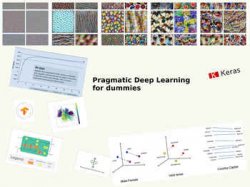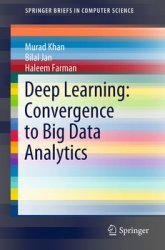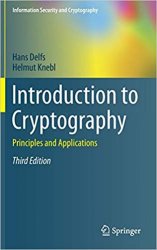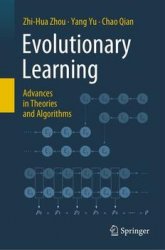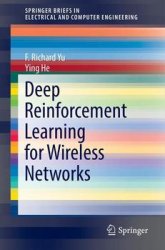 Название: Deep Reinforcement Learning for Wireless Networks
Название: Deep Reinforcement Learning for Wireless Networks Автор: F. Richard Yu, Ying He
Издательство: Springer
Год: 2019
Язык: английский
Формат: pdf (true), djvu
Размер: 15.1 MB
There is a phenomenal burst of research activities in machine learning and wireless systems. Machine learning evolved from a collection of powerful techniques in AI areas and has been extensively used in data mining, which allows the system to learn the useful structural patterns and models from training data. Reinforcement learning is an important branch of machine learning, where an agent learns to take actions that would yield the most reward by interacting with the environment. The main advantage of reinforcement learning is that it works well without prior knowledge of an exact mathematical model of the environment. However, the traditional reinforcement learning approach has some shortcomings, such as low convergence rate to the optimal behavior policy and its inability to solve problems with high-dimensional state space and action space. These shortcomings can be addressed by deep reinforcement learning.
